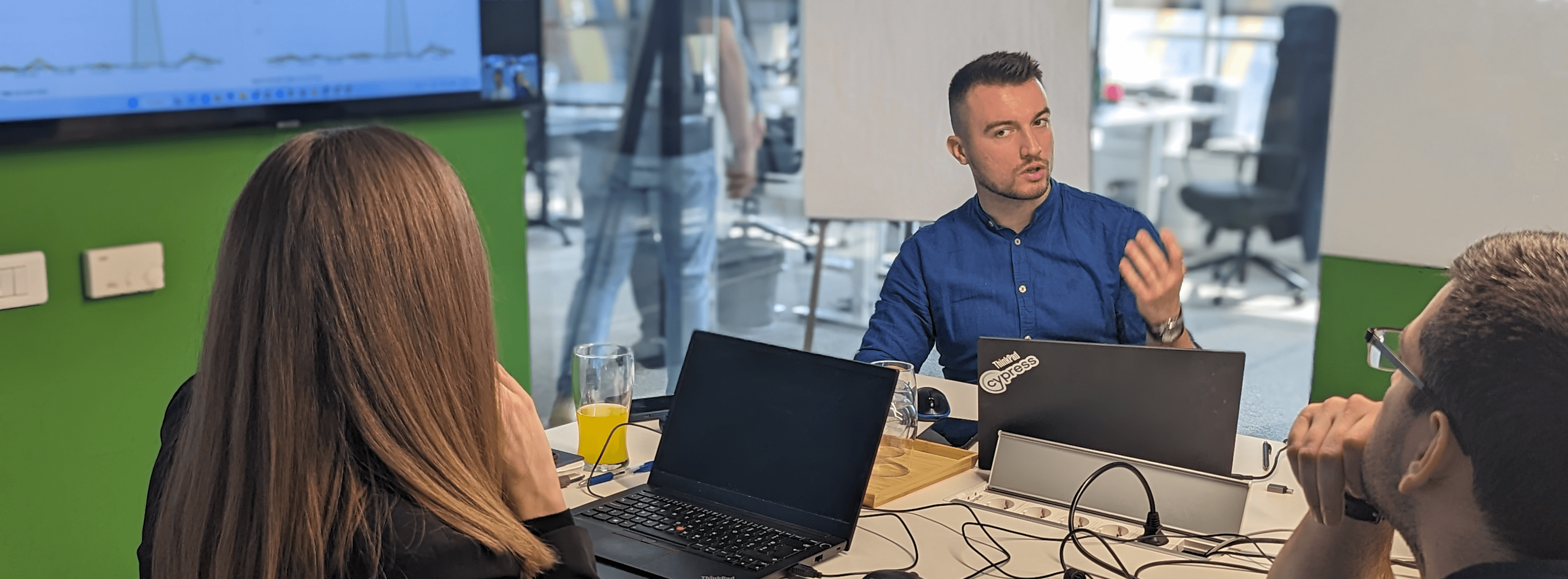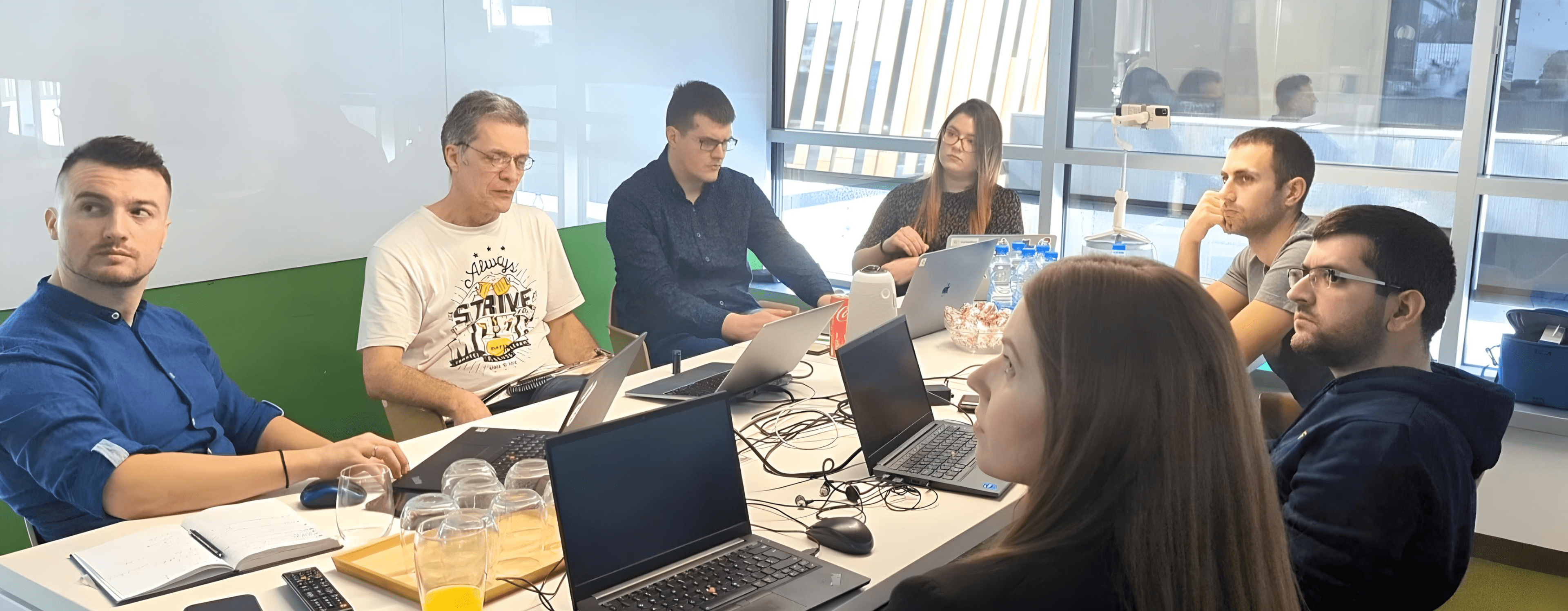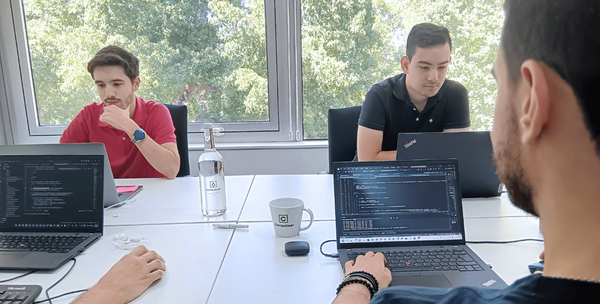Web Accessible to all. No one left behind.

In today's rapidly evolving digital landscape, accessibility has transformed from a checkbox on a compliance list to a critical element of responsible and sustainable digital practices.
At Consulteer, people are at the center of innovation. Our goal is to simplify the digital world and improve accessibility for all, always focusing on the user. We are committed to ensuring that everyone, regardless of their skills, qualifications, experience or background, can access and use digital content with ease and enjoyment.
Did you know that according to the World Health Organization, over 1 billion people, or approximately 15% of the global population, live with some form of disability? This represents a vast audience that businesses can reach by ensuring their digital content is accessible. It’s not just about numbers; it’s about real people facing real difficulties due to inaccessible websites.

The Accessibility Imperative
At the core of web accessibility is the belief that everyone, regardless of their abilities or disabilities, should have equal access to digital content. It's not just a matter of legality, but a fundamental human right and a powerful business strategy.
Legal and Regulatory Landscape
The accessibility journey begins with understanding the legal and regulatory landscape. Worldwide, various laws and standards govern web accessibility, such as the Americans with Disabilities Act (ADA), WCAG, and Section 508. Non-compliance can have serious legal and financial consequences, making it crucial for organizations to ensure their digital offerings are accessible.
https://codemantra.com/ada-lawsuits-in-the-past-five-years/

The Win-Win of Accessibility
Creating accessible web content isn't just a best practice; it's a strategic advantage. By providing content that can be accessed by everyone, businesses can tap into an underserved market while improving the overall user experience for all their users.
In a study conducted by the World Institute on Disability, it was found that 71% of users with disabilities left a website immediately if they found it difficult to use. By making your content accessible, you can retain a larger portion of your audience where contributions to RoA (Return on Accessibility) are significant reducing legal risks, improving user satisfaction, increasing conversion rates, and strengthening brand reputation.
In fact, companies without accessible sites are losing out on approximately $6.9 billion in revenue. Moreover, 97.4% of the top 1 million websites are not ADA compliant. This shows that inaccessible websites are not just a problem for users with disabilities but also a significant loss for businesses.

Decoding WCAG 2.1 AA
The Web Content Accessibility Guidelines (WCAG) 2.1 AA serve as the global compass for web accessibility. These guidelines are structured around 4 key principles (POUR), ensuring content is:
- Perceivable in various ways, including text, images, and other sensory experiences.
- Operable by users with diverse abilities, allowing them to interact with it through different input methods, such as keyboard, mouse, or voice commands.
- Understandable in a clear and straightforward manner, helping all users easily comprehend the information and user interface components presented.
- Robust and compatible with evolving technologies and user agents, ensuring long-term accessibility and functionality.
The Role of Accessibility Testing
At Consulter, we recognize the pivotal role of accessibility testing in ensuring that your digital solutions align with accessibility principles. Our expertise is dedicated to identifying and resolving accessibility challenges within your software.
A recent survey conducted by WebAIM, a distinguished nonprofit organization specializing in web accessibility, revealed a noteworthy statistic: 97.4% of the top 1,000,000 homepages demonstrated detectable shortcomings in adhering to WCAG 2.1 standards. This underscores the widespread imperative for comprehensive accessibility testing and meticulous audits.
In our commitment to accessibility, we employ a variety of tools and techniques, including screen readers, contrast checkers, and keyboard navigation flows. Additionally, we adhere to best practices for crafting accessible content, such as the use of descriptive alt text for images, zooming text up to 200%, and maintaining a logical heading structure.

Unlocking Possibilities Together
At Consulteer, we are working on creating an offering of comprehensive accessibility services, including audits, testing, and consultancy. The transformative power of accessible design, proving that accessibility isn't just a service—it's a key to unlocking endless possibilities.
But it’s not all doom and gloom. The good news is that making websites accessible is not only the right thing to do, but it also makes business sense. Accessible design benefits everyone, not just those with disabilities. For instance, captioning videos not only helps deaf users but also those watching videos in noisy environments, while commuting etc., or those who prefer to watch videos without sound.
Taking Action for Inclusivity
The web is an essential part of modern life, and it's time to ensure it's accessible to all. By taking action for inclusivity, we not only comply with regulations but create a more equitable and diverse digital landscape for everyone.
We invite you to join us on this journey towards inclusivity. Let’s work together to make the web accessible for all.
Human. Technology. Together.
next - stories

